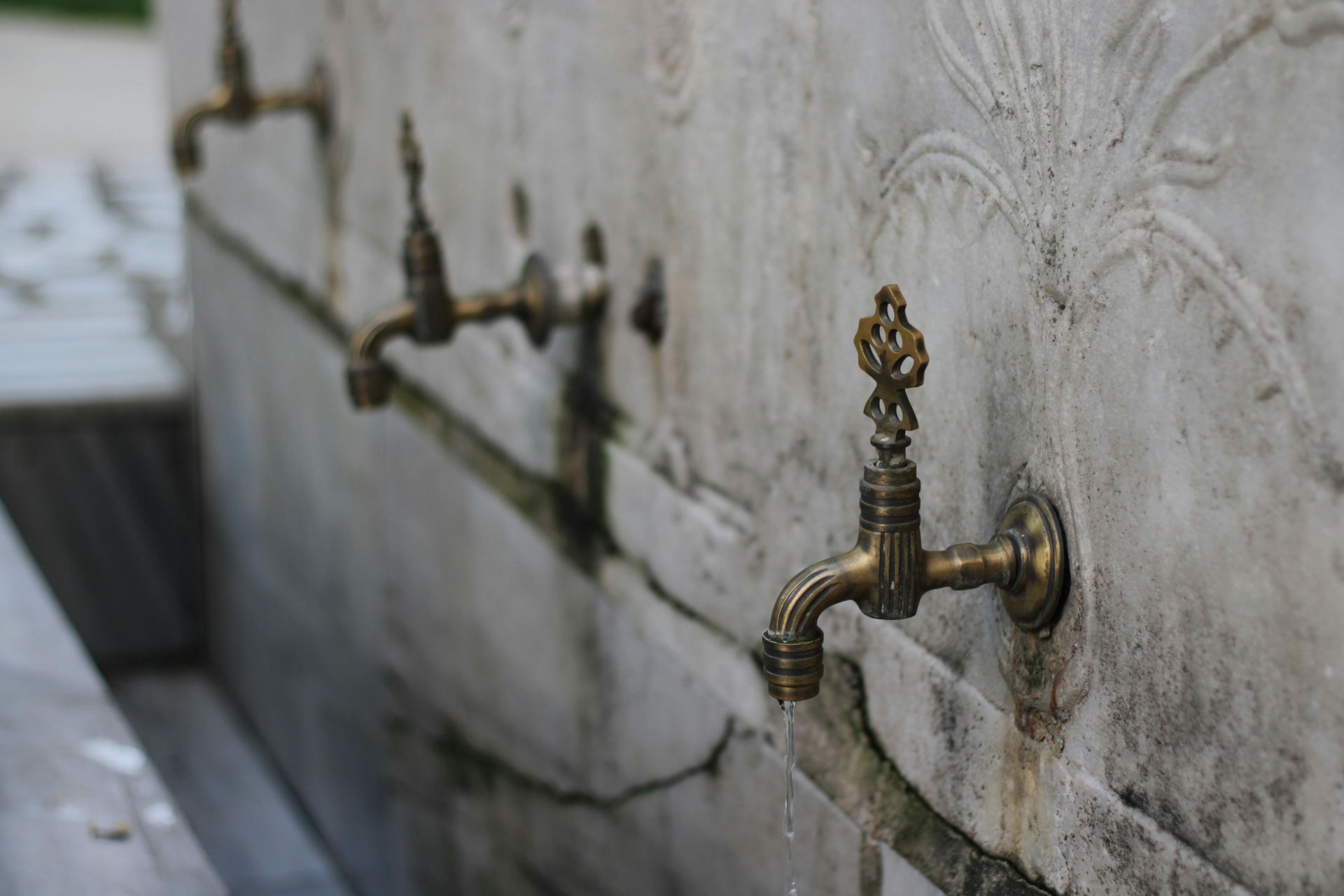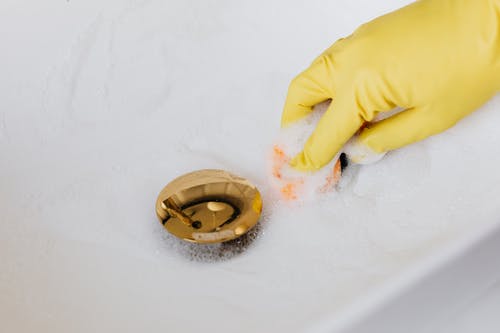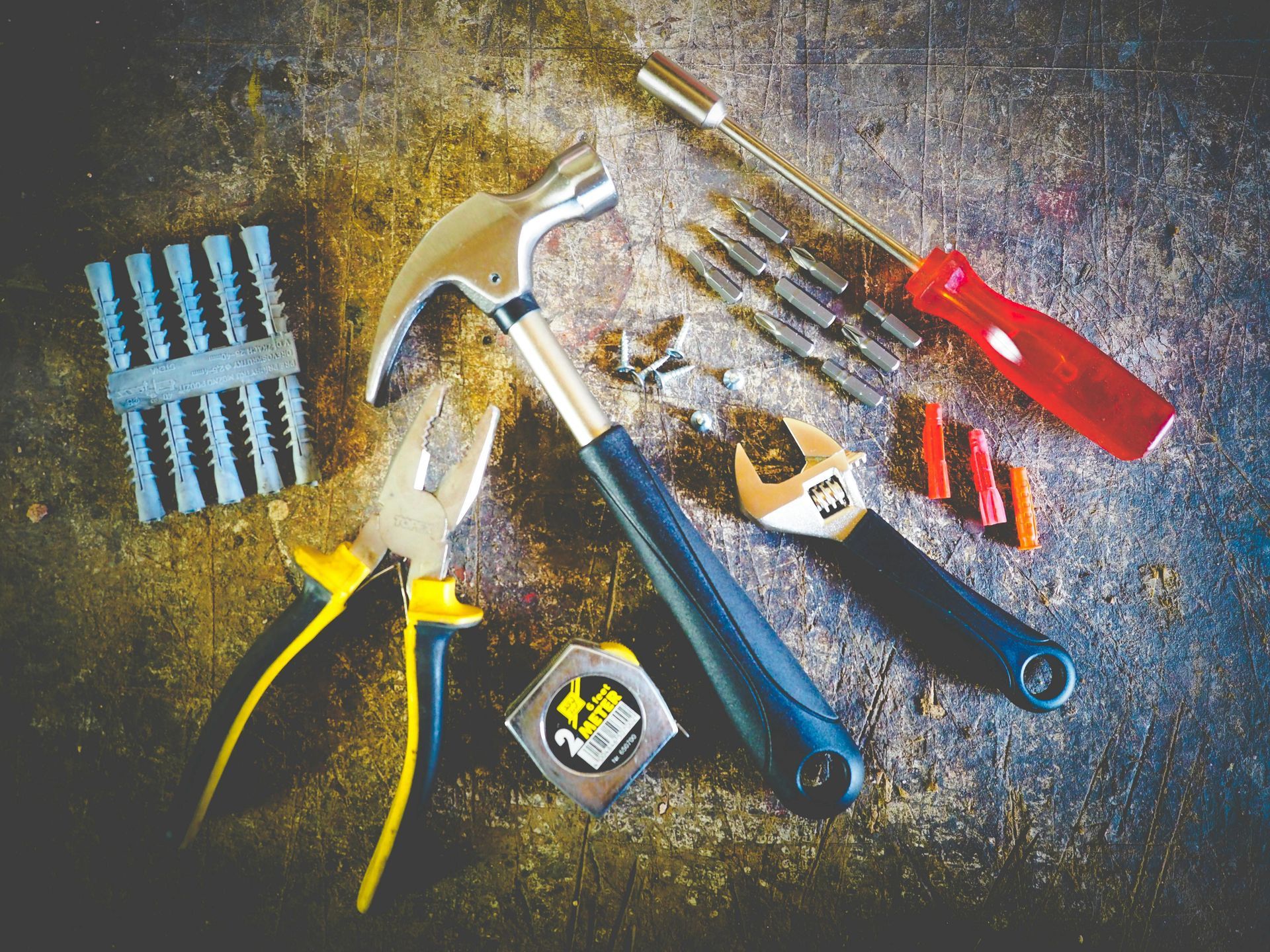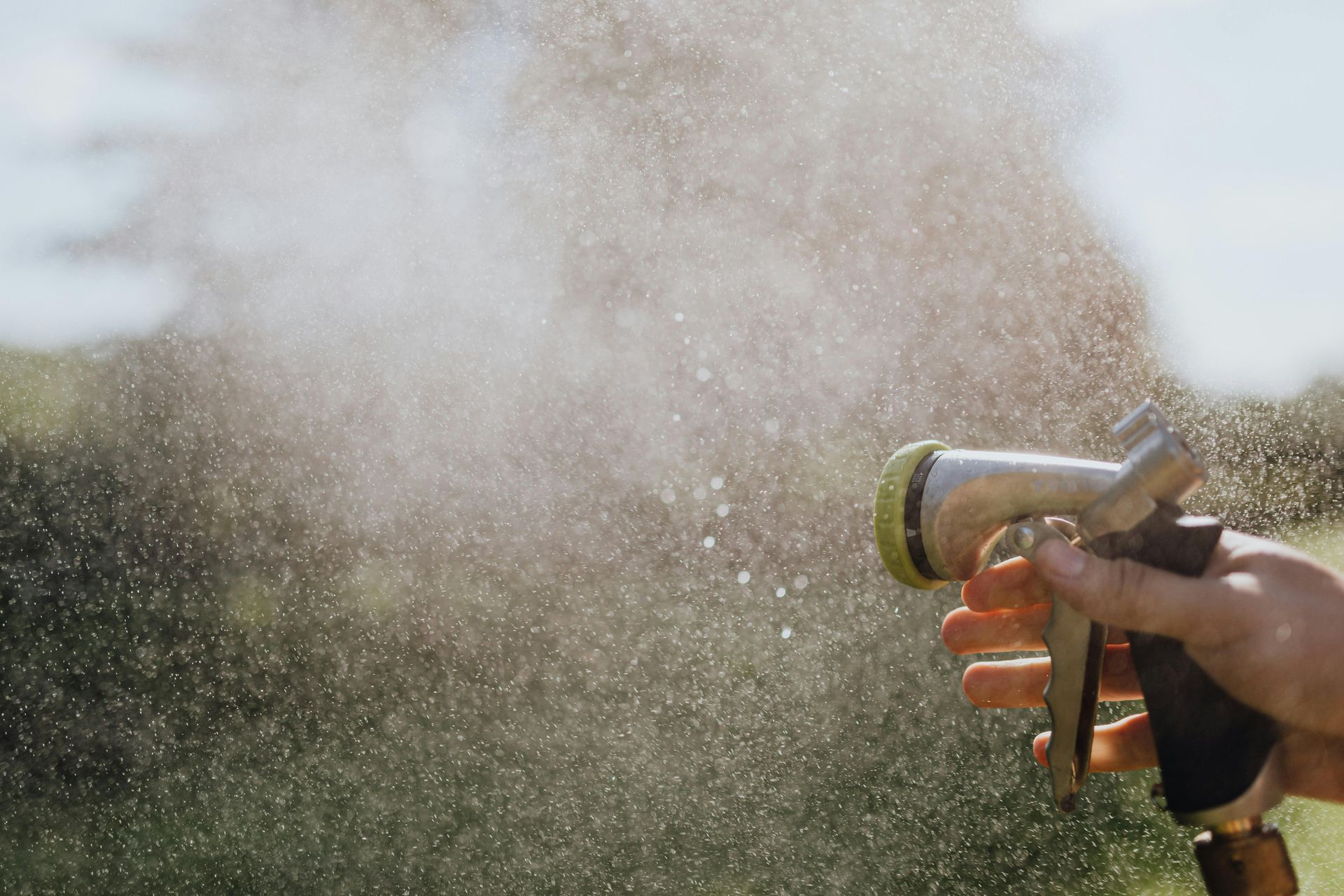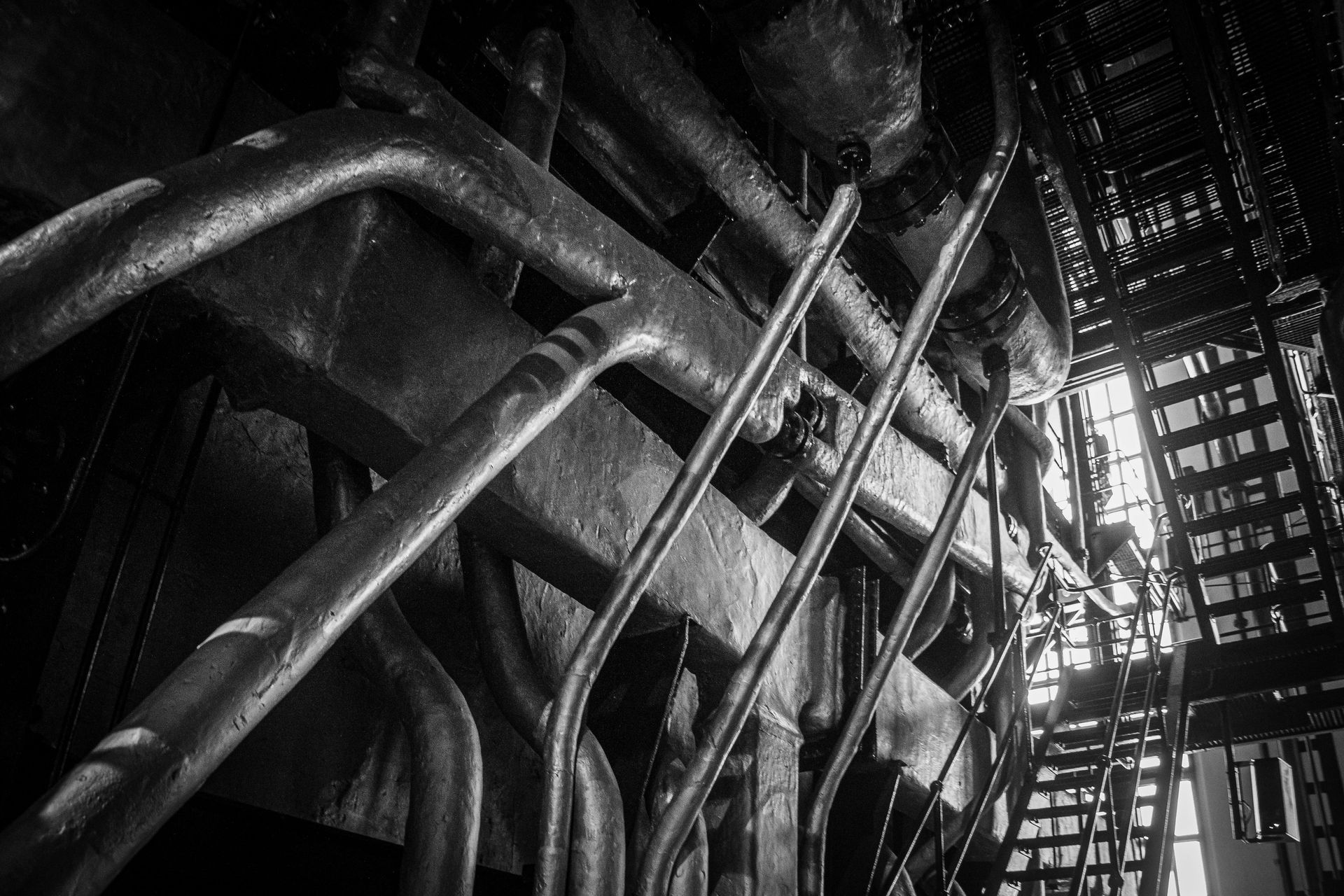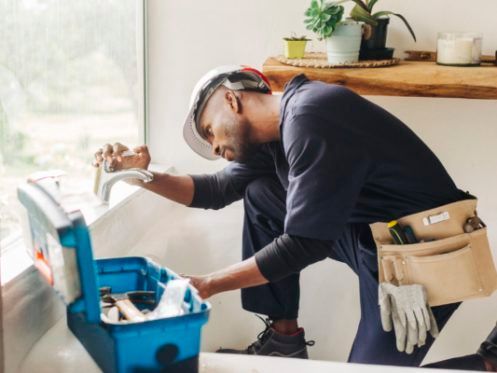How Much Water Does a Dripping Faucet Waste? Part 1
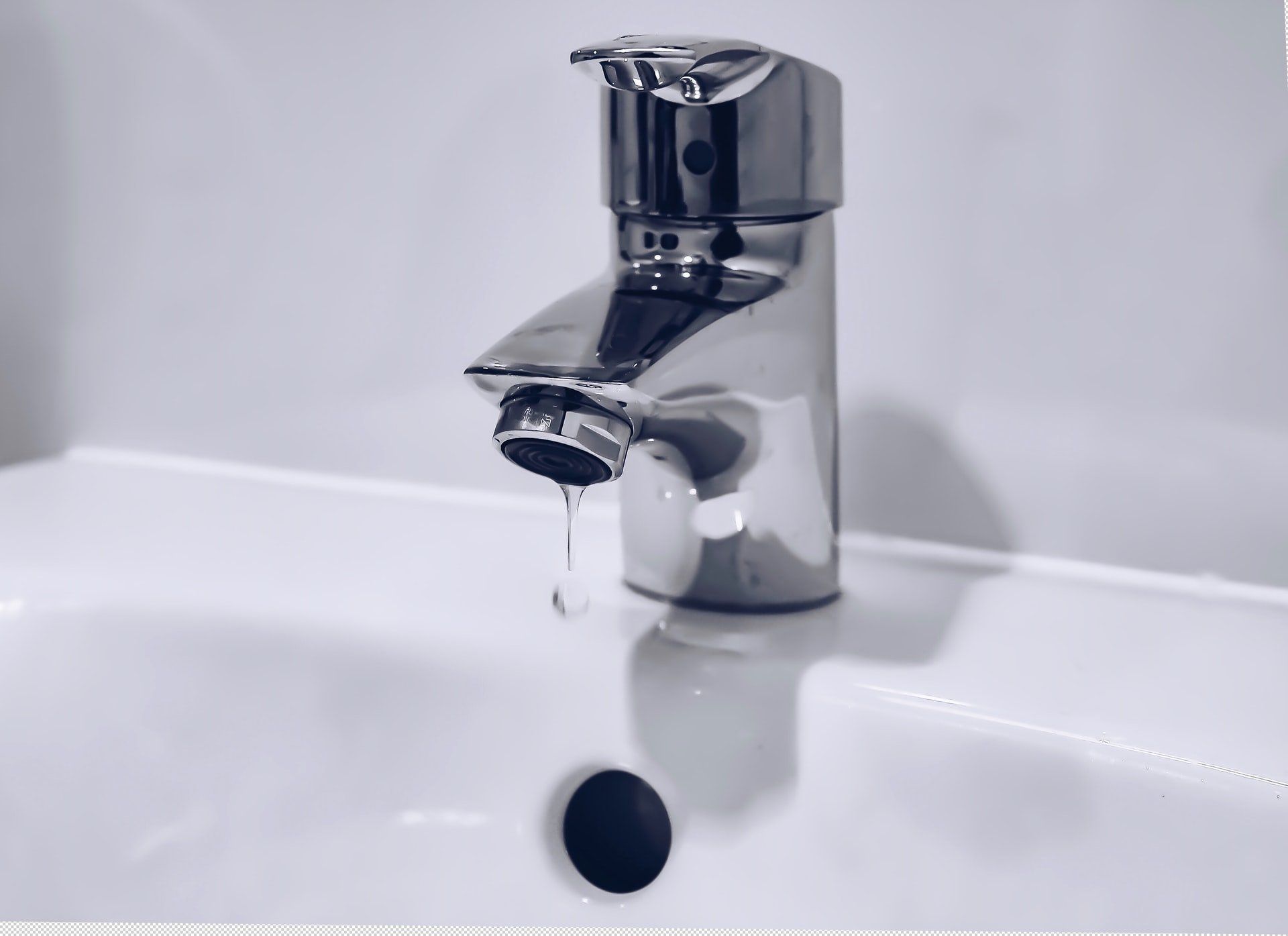
A leaky faucet in the home has serious consequences. Most homeowners desire quick, dependable solutions to leaking faucet problems to avoid the problems that might arise due to this common household issue. Dripping faucets waste significant volumes of water, which impacts water bills, the environment, and the home.
Common Causes of Dripping Faucets
Most homeowners have had a leaky faucet at some point in their lives. While unpleasant and frustrating, the sources of this condition are reasonably simple to identify and often do not require extensive repair. Here are some of the most prevalent causes of dripping faucets:
1. Water pressure
If you observe the faucet dripping at specific times of the day or when using another water fixture, the drip is most likely caused by low water pressure. Because one fixture is connected to all other fixtures through pipes, any water pressure issues affect the entire system.
2. Valve seat
A valve seat may become worn or damaged over time, leading to a faucet leak or slow drip. If you hear a constant drizzle when running water fixtures throughout the home, you likely have a valve seat issue, which is an easy fix.
3. Stem seal
If you experience a dripping faucet, it could also be that the faucet’s stem needs to be reseated. This will occur when the stem isn’t correctly installed or sealed fully.
4. Gasket
The gasket is a rubber ring that fits in the base of the faucet and prevents the valve from leaking. It looks similar to the rubber rings found on a car’s tires. If the gasket has worn out or is damaged, it may need to be replaced.
5. O-ring
This part is an elastic band required to keep the faucet from leaking. If the O-ring is damaged or missing, you’ll notice a dripping faucet. This repair can be completed in a short amount of time and is easy to complete with the right tools.
6. Damaged washer
Leaks in the faucet often occur when the washer has been damaged by mineral deposits, wear and tear, or has simply come loose. A damaged washer can cause a dripping faucet at any time of day, so it’s essential to check the washer regularly.
7. Valve cartridge
A leaky faucet may also result from a faulty valve cartridge. The cartridge is what keeps the water from escaping while you turn the faucet on and off. It’s only a matter of time before a cartridge wears out and needs to be replaced.
Consequences of Putting Off a Dripping Faucet Repair
Even though the most common reasons for a leaky faucet aren’t particularly severe, failing to repair it leads to grave consequences. The consequences of an unrepaired faucet leak have a severe influence on homes, ranging from extra expenses to water damage.
Mildew and mold – For starters, mold and mildew grow when water is allowed to gather. Mold and mildew are more likely to form in the region where water has spilled if a leaking faucet is left running for an extended period. Mold and mildew development wreaks havoc on your house and puts your family in danger of health problems due to exposure.
Higher water bills – Water that is continuously wasted by a dripping faucet quickly adds up. Most homeowners end up paying hundreds of extra dollars in water bills each year due to insufficiently repaired faucets. It’s not surprising that fixing a dripping faucet isn’t always a priority when homeowners have other financial obligations.
Home damage – Water damage caused by a leaking faucet can lead to costly problems in your home. It’s usually the minor issues that cost the most. Uneven pools of water from a leaking faucet are a significant concern because they can lead to mold and mildew. You may not notice the damage until it’s too late.
Conclusion
Taking care of a drippy faucet is a simple endeavor for most homeowners. Required parts are inexpensive and easy to find, so it’s essential to repair this problem as soon as it occurs. Otherwise, you run the risk of significant expenses and potential problems later on.
All City Plumbers is a reliable 24-hour plumber in Birmingham, AL. We offer high-quality, all-in-one plumbing services for residential and commercial properties. Contact us today!


